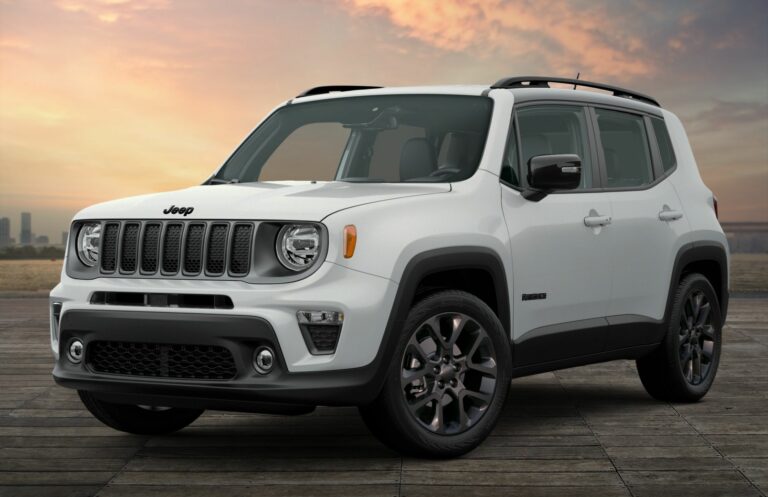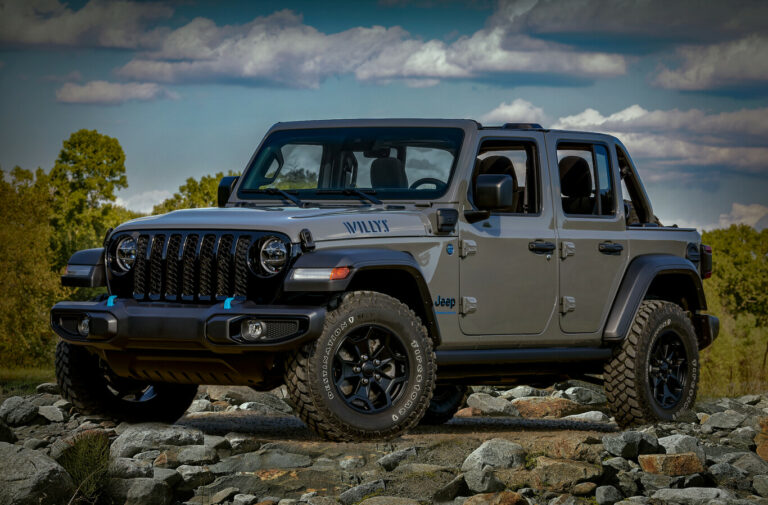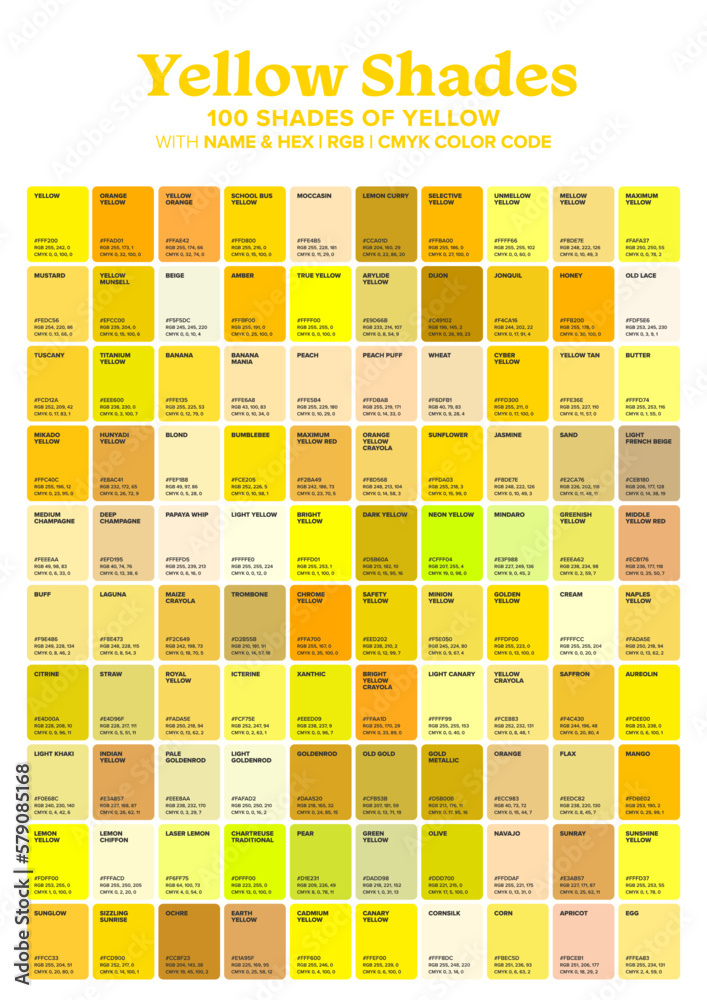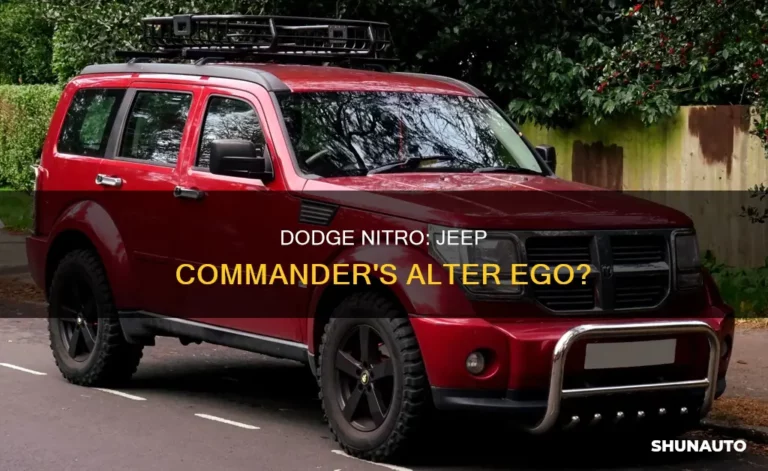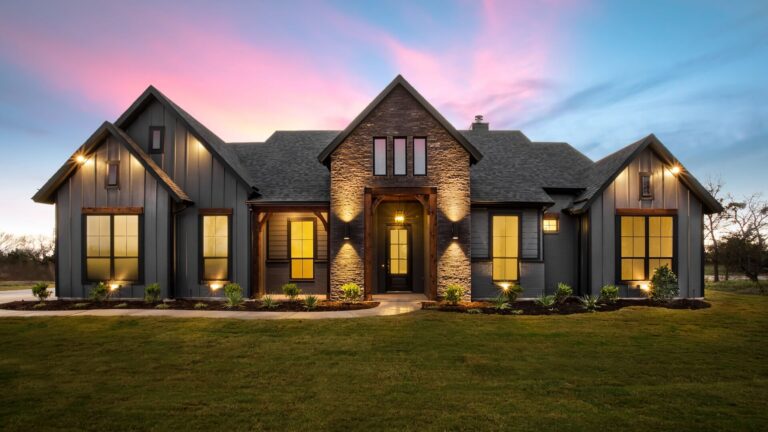The Ultimate Guide to Finding a Used Jeep Grand Cherokee For Sale Under $10,000
The Ultimate Guide to Finding a Used Jeep Grand Cherokee For Sale Under $10,000 jeeps.truckstrend.com
The allure of a Jeep Grand Cherokee is undeniable. Its blend of rugged capability, comfortable interiors, and iconic styling has made it a perennial favorite among SUV enthusiasts. However, a brand-new Grand Cherokee often comes with a price tag that puts it out of reach for many. This is where the savvy buyer turns to the used market, and surprisingly, a treasure trove awaits those with a budget of under $10,000.
Finding a used Jeep Grand Cherokee for sale under $10,000 isn’t just about saving money; it’s about unlocking incredible value. It means gaining access to a versatile vehicle capable of handling daily commutes, family road trips, and even adventurous off-road excursions, all without breaking the bank. This comprehensive guide will navigate the exciting yet challenging landscape of purchasing a pre-owned Grand Cherokee on a budget, equipping you with the knowledge and tools to make an informed decision and drive away in your dream Jeep.
The Ultimate Guide to Finding a Used Jeep Grand Cherokee For Sale Under $10,000
Why Choose a Used Grand Cherokee Under $10,000? Unlocking Incredible Value
The decision to opt for a used Jeep Grand Cherokee, especially within a strict budget, is driven by several compelling advantages:
- Exceptional Value for Money: For under $10,000, you’re not just buying a basic economy car; you’re investing in a substantial, capable SUV. You get more vehicle for your dollar, often with features and performance that would cost significantly more in a newer model.
- Proven Capability and Versatility: Grand Cherokees, even older generations, are renowned for their legendary 4×4 systems (like Quadra-Trac and Quadra-Drive) that offer genuine off-road prowess. Yet, they also provide a comfortable and refined ride for daily driving and highway cruising, making them incredibly versatile.
- Robust Build and Longevity: While maintenance is key, many older Grand Cherokees, particularly those with the venerable 4.0L inline-six engine, are known for their durability and ability to rack up high mileage when properly cared for.
- Iconic Design and Brand Heritage: Owning a Jeep is about more than just transportation; it’s about a lifestyle. The Grand Cherokee boasts a timeless design that stands out, and it carries the proud heritage of the Jeep brand, fostering a strong sense of community among owners.
- Abundant Aftermarket Support: The popularity of the Grand Cherokee means there’s a vast aftermarket for parts, accessories, and customization options. Whether you’re looking for replacement parts, performance upgrades, or off-road modifications, you’ll find plenty of choices.
- DIY-Friendly Potential: Many common maintenance and repair tasks on older Grand Cherokees are relatively straightforward, making them appealing to those who enjoy working on their own vehicles or want to save on labor costs.
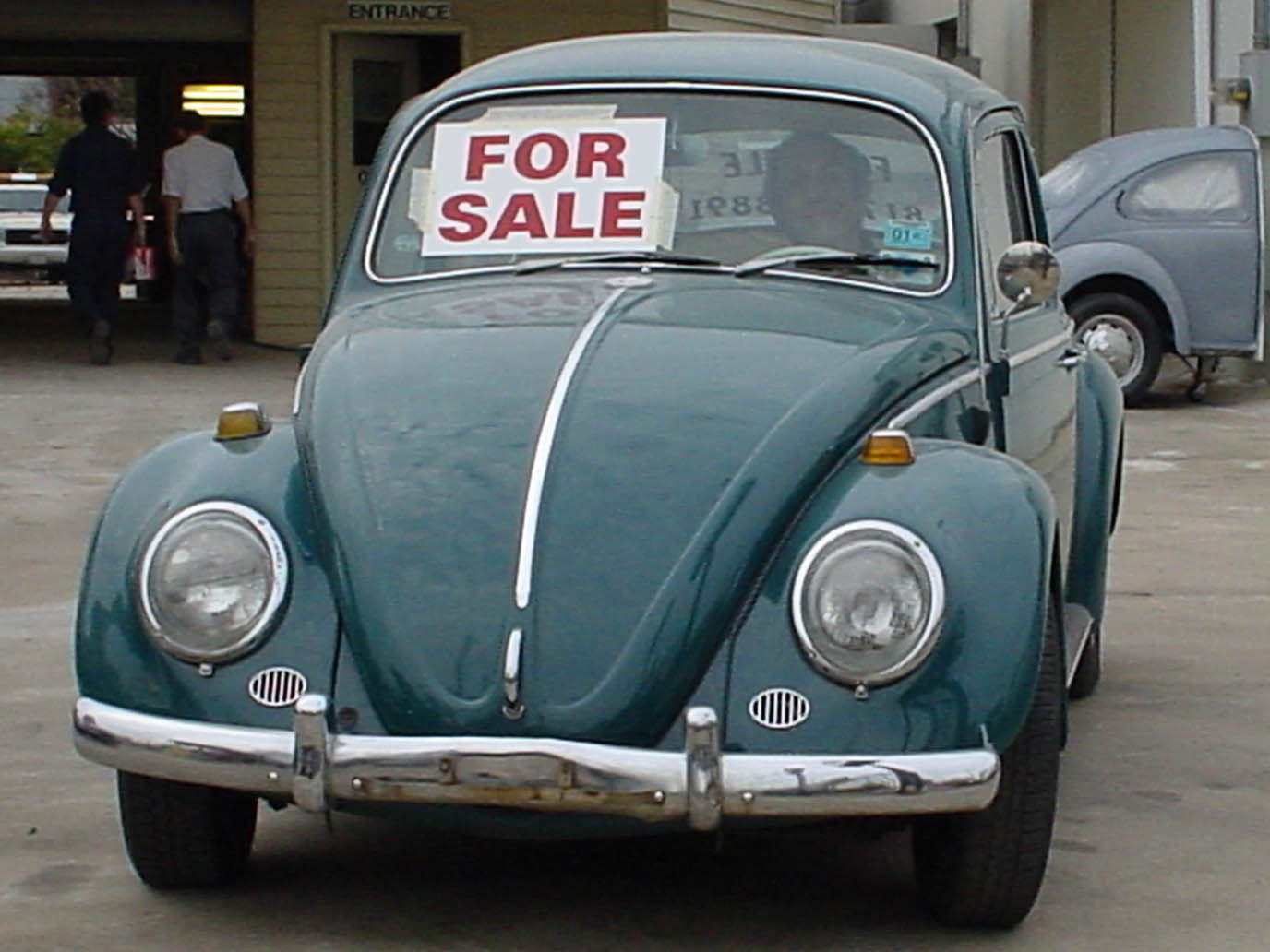
This segment of the market offers a unique opportunity to experience the Grand Cherokee lifestyle without the premium price tag.
Understanding the Generations: What to Expect Under $10,000
When shopping for a used Grand Cherokee under $10,000, you’ll primarily be looking at two distinct generations, with a rare glimpse at the early years of a third:

-
The WJ Generation (1999-2004):
- The Sweet Spot for Budget Buyers: The WJ generation is arguably the most common and often the best value within the sub-$10,000 range. They blend classic Jeep ruggedness with improved refinement over earlier models.
- Engine Options: Most commonly found with the ultra-reliable 4.0L PowerTech inline-six engine, known for its longevity. The 4.7L PowerTech V8 is also available, offering more power but with slightly different maintenance considerations.
- 4×4 Systems: Offers Quadra-Trac II (full-time 4WD with low range) and the more advanced Quadra-Drive (adds front and rear vari-lok differentials for superior traction).
- Key Features: Comfortable interiors for their age, decent safety features (for the era), and a robust, simple design.
- Considerations: Older technology, potential for rust in northern climates, and typical wear-and-tear items due to age.

-
The WK Generation (2005-2010):
- More Modern Feel: The WK generation brought a significant redesign, featuring more contemporary styling, an independent front suspension (improving on-road handling), and updated interiors.
- Engine Options: A wider array of engines including the 3.7L V6 (less common in this price range), the 4.7L V8, and the powerful 5.7L HEMI V8. The enthusiast-favorite 6.1L SRT-8 is almost impossible to find under $10k unless severely distressed.
- 4×4 Systems: Continued with updated versions of Quadra-Trac I (full-time, no low range), Quadra-Trac II, and Quadra-Drive II.
- Key Features: Better on-road dynamics, improved safety features, and more refined interior appointments compared to the WJ.
- Considerations: More complex electronics, potential issues with air suspension (if equipped on higher trims), and specific engine concerns (e.g., HEMI tick, MDS issues).
-
The Early WK2 Generation (2011-2013):
- Rare at this Price Point: While extremely rare to find a WK2 under $10,000 in decent condition, it’s not entirely impossible. These would typically be early 2011-2013 models with very high mileage (200,000+ miles) or significant cosmetic/mechanical issues.
- Significant Upgrade: The WK2 represents a massive leap in refinement, technology, and interior quality.
- Considerations: Even if found, the risk of substantial immediate repairs is very high due to age and mileage. It’s generally advisable to focus on WJs and WKs for this budget.
Knowing these generational differences will help you narrow down your search and set realistic expectations for features and potential issues.
The Buying Process: Navigating the Market for Your Budget Grand Cherokee
Finding the right used Grand Cherokee requires a strategic approach. Here’s a step-by-step guide:
-
Define Your Needs and Realistic Expectations:
- Usage: Daily driver? Weekend warrior? Off-roading? This influences engine choice, 4WD system, and desired condition.
- Features: What are your must-haves (e.g., leather, sunroof, specific infotainment)? Be prepared to compromise.
- Condition vs. Price: A vehicle under $10,000 will have some wear. Decide if you’re willing to do some DIY repairs or if you need something more turn-key.
-
Where to Look:
- Online Marketplaces: Craigslist, Facebook Marketplace, Autotrader, Cars.com, eBay Motors. These are excellent for finding private sellers, often offering better deals than dealerships.
- Used Car Dealerships: While prices might be slightly higher, some smaller independent lots specialize in older SUVs and might offer basic warranties or reconditioned vehicles.
- Local Ads/Word-of-Mouth: Don’t underestimate the power of local classifieds or asking around.
-
Initial Screening (Online/Phone):
- Mileage: For under $10,000, expect higher mileage (120,000-200,000+). High mileage isn’t necessarily a deal-breaker if maintenance records are strong.
- Photos: Look for clear, multiple photos from different angles. Beware of limited photos or heavily edited ones.
- Description: Read carefully. Look for honesty about flaws. Red flags include vague descriptions, "runs great but needs…"
- Ask Questions: Inquire about maintenance history, known issues, reasons for selling, accidents, and ownership history. Get the VIN.
-
The Vehicle History Report (VHR):
- Crucial Investment: Spend the $30-$50 on a CarFax or AutoCheck report using the VIN. This report can reveal:
- Accident history (minor fender bender vs. major collision).
- Salvage, flood, or fire titles.
- Odometer discrepancies (rollbacks).
- Service history (if reported).
- Number of owners.
- Lien information.
- Never buy without a VHR.
- Crucial Investment: Spend the $30-$50 on a CarFax or AutoCheck report using the VIN. This report can reveal:
-
The In-Person Inspection and Test Drive:
- First Impressions: Walk around the vehicle. Look for consistent panel gaps, mismatched paint (accident repair), rust (rocker panels, wheel wells, frame), tire condition, and fluid leaks under the vehicle.
- Interior: Check for excessive wear, strange odors (mold, smoke), functionality of all electronics (windows, locks, radio, AC/heat), and dashboard warning lights.
- Under the Hood: Check fluid levels and condition (oil, coolant, power steering, brake fluid). Look for signs of leaks, frayed belts, or unusual corrosion.
- Test Drive:
- Start cold: Listen for unusual noises (knocks, ticks, squeals).
- Check acceleration and braking.
- Test all gears, including reverse.
- Engage 4WD (if applicable) and drive briefly.
- Listen for suspension noises over bumps.
- Ensure the steering is tight, no excessive play.
- Check cruise control, wipers, lights.
-
Pre-Purchase Inspection (PPI):
- Non-Negotiable: This is the single most important step. Take the vehicle to an independent mechanic (one you trust, not the seller’s buddy) for a thorough inspection. They will put it on a lift, check for hidden issues, and provide an estimate for necessary repairs. This $100-$200 investment can save you thousands.
- If the seller refuses a PPI, walk away.
-
Negotiation:
- Armed with the VHR and PPI results, you have leverage. Use any identified issues to negotiate the price down.
- Be polite but firm. Be prepared to walk away if you can’t reach a fair price.
Common Issues and What to Look For (Challenges & Solutions)
Even well-maintained Grand Cherokees will have typical wear-and-tear. Being aware of common issues will help you identify potential problems during your inspection:
- Rust: Especially on WJs in rust-belt regions. Check rocker panels, wheel wells, frame rails, and undercarriage. Surface rust is common, but deep, structural rust is a deal-breaker.
- Transmission Issues: Particularly with higher mileage. Look for harsh shifts, delayed engagement, or slipping. The 42RE (WJ 4.0L) and 545RFE (WJ 4.7L, WK V8s) are generally robust but require proper fluid changes.
- Suspension Components: Clunks, rattles, or excessive play often indicate worn ball joints, control arm bushings, or tie rods. WK models with independent front suspension can have more complex issues here.
- Electrical Gremlins: Common on older vehicles. Test all power windows, locks, mirrors, lights, radio, and dashboard functions. Check for warning lights (Check Engine Light, ABS, Airbag).
- Fluid Leaks: Check for oil leaks (valve cover gaskets, oil pan), transmission fluid leaks, power steering leaks, and coolant leaks (radiator, hoses, water pump).
- Engine Specifics:
- 4.0L I6 (WJ): Known for reliability, but check for oil leaks (rear main seal is common but often minor), cracked exhaust manifolds, and occasional head gasket issues (less common).
- 4.7L V8 (WJ/WK): Can develop a "ticking" noise (often lifters or exhaust manifold). Check for coolant leaks from the water pump and thermostat housing.
- 5.7L HEMI V8 (WK): Listen for the "HEMI tick" (can be lifters or exhaust manifold bolts). Some models can have Multi-Displacement System (MDS) issues or higher oil consumption.
- 4WD System: Ensure the transfer case engages properly in all modes (2WD, 4WD High, 4WD Low). Listen for grinding or clunking.
- HVAC System: Test both heating and air conditioning. Blend door actuators are a common failure point on WJs and WKs, leading to inconsistent temperature control.
Solutions: Many of these issues have well-documented fixes, and parts are readily available. Budgeting an additional $500-$1000 for immediate post-purchase maintenance and minor repairs is a wise strategy.
Maximizing Your Purchase: Tips for Owners of a Budget Grand Cherokee
Once you’ve secured your used Grand Cherokee, a few proactive steps can ensure its longevity and your enjoyment:
- Immediate Baseline Maintenance: Even if the seller provided records, perform a full fluid change (engine oil, transmission fluid, transfer case fluid, differential fluids, coolant, power steering fluid, brake fluid). Replace air filters, cabin filters, and spark plugs.
- Address PPI Recommendations: Prioritize any issues flagged by the pre-purchase inspection, especially safety-related items like brakes and tires.
- Tire Condition: Ensure tires have adequate tread depth and are evenly worn. Mismatched or severely worn tires can negatively impact handling and potentially damage 4WD components.
- Regular Maintenance Schedule: Adhere to the manufacturer’s recommended service intervals for oil changes, fluid checks, and inspections. Consistency is key to reliability.
- Join Enthusiast Communities: Online forums (e.g., JeepForum.com, GrandCherokeeForum.com) and local Jeep clubs are invaluable resources for troubleshooting, DIY advice, and finding parts.
- Consider Aftermarket Upgrades: If off-roading is your goal, consider a modest lift kit and all-terrain tires. Even for daily drivers, a good set of floor mats and cargo liners can protect the interior.
- Learn to DIY: For common issues, there are countless tutorials online. Learning basic maintenance and repair can save you significant money over time.
Price Guide: Used Jeep Grand Cherokee Under $10,000
It’s crucial to understand that actual prices for used vehicles vary wildly based on location, seller type, specific trim level, engine, condition, and maintenance history. The table below provides illustrative price ranges for different generations and conditions within the under $10,000 budget. This is a guide, not a definitive price list.
| Model Year Range | Generation | Typical Mileage Range | Typical Condition | Estimated Price Range (USD) | Key Considerations at this Price |
|---|---|---|---|---|---|
| 1999-2004 | WJ | 150,000 – 250,000+ | Fair to Good | $3,000 – $7,000 | Abundant parts, robust drivetrain. Check for rust, blend doors. |
| 2005-2010 | WK | 120,000 – 200,000+ | Fair to Good | $5,000 – $9,500 | More modern feel, better on-road. Check suspension, electrical, HEMI issues. |
| 2011-2013 (early) | WK2 | 180,000 – 250,000+ | Poor to Fair | $8,000 – $10,000 (rarely) | High risk; likely needs significant work. Only for the very brave/DIY-inclined. |
Factors Significantly Affecting Price:
- Mileage: Lower mileage generally commands a higher price.
- Condition: Excellent cosmetic and mechanical condition drives up the price.
- Trim Level: Higher trims (Limited, Overland) will be at the upper end of the range.
- Engine: V8 engines often fetch a bit more than V6/I6, depending on demand.
- 4WD vs. 2WD: 4WD models are typically more sought after and thus pricier.
- Maintenance Records: A full, verifiable service history adds significant value.
- Location: Prices can vary regionally.
- Seller Type: Private sellers often offer better deals than dealerships.
Frequently Asked Questions (FAQ)
Q: Is a used Grand Cherokee under $10,000 reliable?
A: Reliability largely depends on the specific vehicle’s maintenance history and prior care. While older vehicles naturally have more wear, a well-maintained Grand Cherokee, especially a WJ with the 4.0L engine, can be very reliable for its age. A pre-purchase inspection is crucial to assess individual reliability.
Q: What mileage is too high for a Grand Cherokee under $10,000?
A: For this budget, you’ll commonly find vehicles with 120,000 to 200,000+ miles. High mileage isn’t a deal-breaker if the vehicle has a strong maintenance history and passes a professional inspection. Many Grand Cherokees are known to run well beyond 250,000 miles with proper care.
Q: Which generation is best for under $10,000?
A: The WJ (1999-2004) and WK (2005-2010) generations offer the best value. The WJ is often more budget-friendly and simpler to work on, while the WK offers a more modern ride and features. Your preference depends on your priorities for ruggedness vs. refinement.
Q: What are the most common problems to look for?
A: Common issues include rust (especially on WJs), suspension component wear (ball joints, bushings), fluid leaks (oil, power steering), electrical glitches, and specific engine/transmission concerns (e.g., 4.7L V8 ticking, blend door issues). Always get a pre-purchase inspection.
Q: Should I get a pre-purchase inspection (PPI)?
A: Absolutely, yes. A PPI by an independent mechanic is non-negotiable. It’s the best way to uncover hidden issues, estimate future repair costs, and ensure you’re making a sound investment.
Q: Can I really find a good Grand Cherokee for under $10,000?
A: Yes, it’s entirely possible, but it requires patience, thorough research, and a willingness to inspect vehicles rigorously. Don’t jump on the first one you see. The "good" ones often sell quickly.
Q: What’s the difference between 2WD and 4WD models?
A: 2WD (rear-wheel drive) models are generally less expensive, offer slightly better fuel economy, and are fine for paved roads. 4WD models provide superior traction for off-roading, snow, and challenging conditions, and are typically more desirable, thus commanding a higher price.
Q: How much should I budget for maintenance after buying?
A: Even with a good PPI, it’s wise to budget an additional $500-$1,000 for immediate baseline maintenance (fluids, filters, spark plugs) and any minor repairs identified. On an older vehicle, anticipate average annual maintenance costs of $700-$1,200, depending on usage and condition.
Conclusion: Your Grand Cherokee Adventure Awaits
Owning a Jeep Grand Cherokee doesn’t have to be an unattainable dream. By strategically navigating the used car market, understanding the nuances of different generations, and committing to a diligent inspection process, finding a capable and reliable Grand Cherokee for under $10,000 is a very real possibility.
This budget-friendly approach allows you to experience the versatility, comfort, and legendary capability of a Grand Cherokee without the financial strain of a new vehicle. While it requires a bit more homework and an acceptance of some wear and tear, the reward is a versatile SUV that can tackle everything from daily commutes to adventurous trails. With smart shopping and a commitment to ongoing maintenance, your used Grand Cherokee can serve you faithfully for many years to come, proving that great value and adventure don’t always come with a hefty price tag. Happy hunting, and enjoy the ride!


